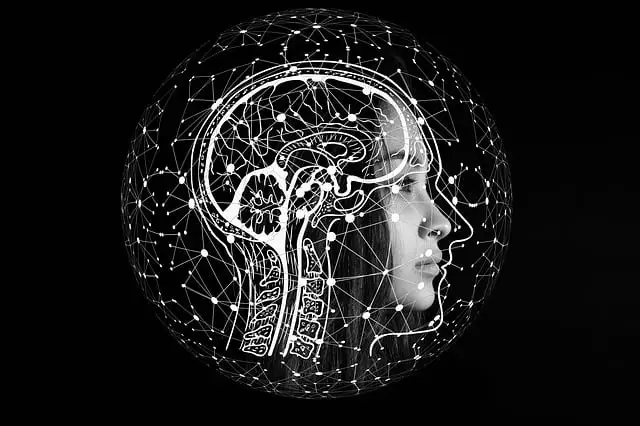
In the era of digital transformation, the need for secure authentication methods has become paramount. Traditional passwords and PINs are no longer enough to protect sensitive data, as they can be easily hacked or stolen. In response to this growing concern, biometric technologies have emerged as a game-changer in the field of secure digital authentication. This article explores the rise of biometric authentication, particularly focusing on facial recognition and fingerprint scanning, and their pivotal role in enhancing digital security.
Facial Recognition: A Revolutionary Biometric Authentication Method
Facial recognition technology has revolutionized the way we authenticate our digital identities. By analyzing unique facial features, such as the distance between the eyes, shape of the nose, and other distinguishable attributes, facial recognition algorithms create a digital representation of an individual’s face, known as a faceprint. This groundbreaking technology allows users to unlock their devices, access their accounts, and authorize financial transactions simply by looking at their device’s camera.
One of the key advantages of facial recognition is its convenience. Users no longer need to remember complex passwords or carry physical tokens for authentication. A quick scan of their face grants them access to their personal data securely and effortlessly. Additionally, facial recognition is highly accurate, with sophisticated algorithms constantly improving its ability to distinguish between identical twins or recognize individuals even with changes in appearance, such as facial hair or glasses.
Fingerprint Scanning: The Time-Tested Biometric Authentication Method
Fingerprint scanning has long been regarded as a reliable biometric authentication method. Unlike passwords or PINs, which can be forgotten or easily shared, fingerprints are unique to each individual, making them an ideal form of identification. When a finger is placed on a sensor, the ridges and valleys of the fingerprint are captured and converted into a digital template, which is then stored for future use.
One of the main advantages of fingerprint scanning is its widespread adoption. Many smartphones, laptops, and other devices already incorporate fingerprint sensors, making it a familiar and convenient method for users. Furthermore, the integration of fingerprint scanners with payment systems, such as Apple Pay or Google Pay, has transformed the way we make secure and seamless financial transactions.
The Role of Biometric Authentication in Secure Digital Environments
The rise of biometric authentication technologies, particularly facial recognition and fingerprint scanning, has significantly elevated digital security. These methods provide enhanced protection against identity theft, unauthorized access, and fraudulent activities. Unlike passwords, which can be compromised through data breaches or social engineering, biometric data is much harder to replicate or steal.
Moreover, the use of biometrics promotes user-friendly experiences, eliminating the need for cumbersome passwords and reducing the risk of forgotten or weak security credentials. As these technologies become more advanced and affordable, they are increasingly being integrated into various sectors, including banking, healthcare, and government services, where secure and convenient authentication is crucial.
Challenges and Future Prospects
While biometric authentication offers numerous benefits, it also presents challenges that need to be addressed. Privacy concerns, data security, and potential biases in facial recognition algorithms are among the key issues that must be managed carefully. Striking the right balance between convenience and privacy will be critical to ensuring the ethical use of biometrics in the future.
Looking ahead, the future of biometric authentication seems promising. Advancements in artificial intelligence, machine learning, and deep learning are expected to further refine these technologies, improving accuracy and overall performance. Additionally, the integration of multiple biometric factors, such as voice recognition, iris scanning, and behavioral analysis, will create an even stronger and more secure authentication landscape.
In conclusion, the rise of biometric authentication, driven by facial recognition and fingerprint scanning technologies, has introduced a new era of secure digital authentication. Offering convenience, accuracy, and heightened security, these methods have transformed the way we safeguard our digital identities. As we move forward, addressing challenges related to privacy and data security will be essential to harness the full potential of biometric authentication in our increasingly digital world.
Leave a Reply